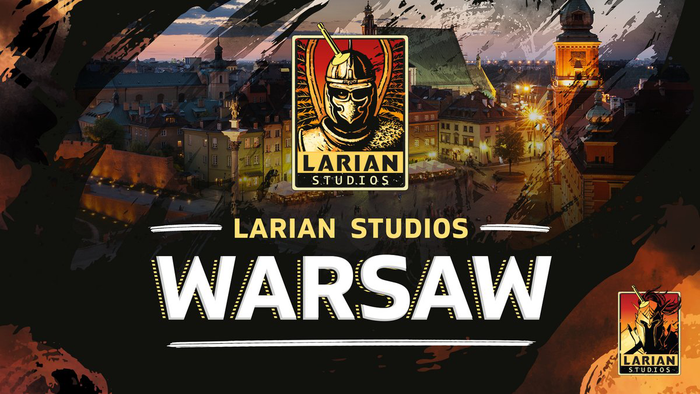GDC Online: Using The 'Hand Of Fate' In Game Design
At a GDC Online presentation today, Telltale Games director of design Dave Grossman said designers should be careful not to use their authorial "hand of fate" too heavily or too lightly.

Dave Grossman, director of design at Back to the Future and Jurassic Park developer Telltale Games, reviewed tools for game writers and designers who implement the "hand of fate" at a presentation at GDC Online in Austin today. To Grossman, it's up to the writer and designer to decide how this "hand of fate" will direct players through a game's story. He conveyed two extremes of authorial control: At the beginning of his lecture, a Powerpoint slide simply stated, "Let's play a game... Ready Set Go!" And that was it – an example of the ultimate sandbox game in which you have no constraints. Problem is, with zero authorial direction from a game designer, there is also no fun. "It's pretty easy for a sandbox to turn into a desert" with no direction whatsoever, said Grossman. Grossman then had attendees draw a tic-tac-toe grid, and told them where to put the Xs and Os, until the Xs won. It's a game, technically, but the "hand of fate" in that instance takes entirely too much control away from the player. "It was like watching a movie of someone playing tic-tac-toe," he said. Between those two extremes, games with varying degrees of authorial control and direction can successfully convey compelling stories. "Which things are meddled with is more important than to what degree," Grossman explained. He compared two games, Portal and Secret of Monkey Island, both revered for their storytelling, but which go about it in entirely different ways. Monkey Island's hand of fate was heavy, and the writers had a strong vision of the path that they want to guide the player through. Portal gives players a tool – the portal gun – to experience the game's environments and "characters," and progress through the game. Both games took different approaches, but authorial voice was implemented in such a way that both games were successful. There are many "hand of fate" tools that game designers and writers have at their disposal, explained Grossman, with cut scenes being one of the most obvious. While that's one way to tell a story, it takes away control from the player, and that can be "dangerous" said Grossman, as video games' distinguishing feature is their interactivity. A step away from cut scenes are what Grossman just called "scenes, which don't take control away from players, but allow them to walk around and interact with an environment while, for example, an NPC is talking. However, this may actually cause the player to miss important information while being distracted by the interactivity. A game's architecture can be a more interactive approach to implementing authorial voice – a narrow hallway or bridge that gives players little option but to forge ahead allows the game designer's intention to come through loud and clear, said Grossman. It's an aggressive approach, but only giving the player one option for movement gives the author a strong voice without totally taking away control. Grossman said that architecture can also be used as a lure as opposed to a constraint, such as a distant tower that beckons adventuring gamers from across a landscape. In the end, it's up to the writer and designer to decide just how heavy the "hand of fate" should be when creating a game – should the designer be mostly absent? Aggressive? Omnipresent? "The hand of fate is your hand. I hope you use it wisely," said Grossman.
Read more about:
event gdcAbout the Author(s)
You May Also Like













